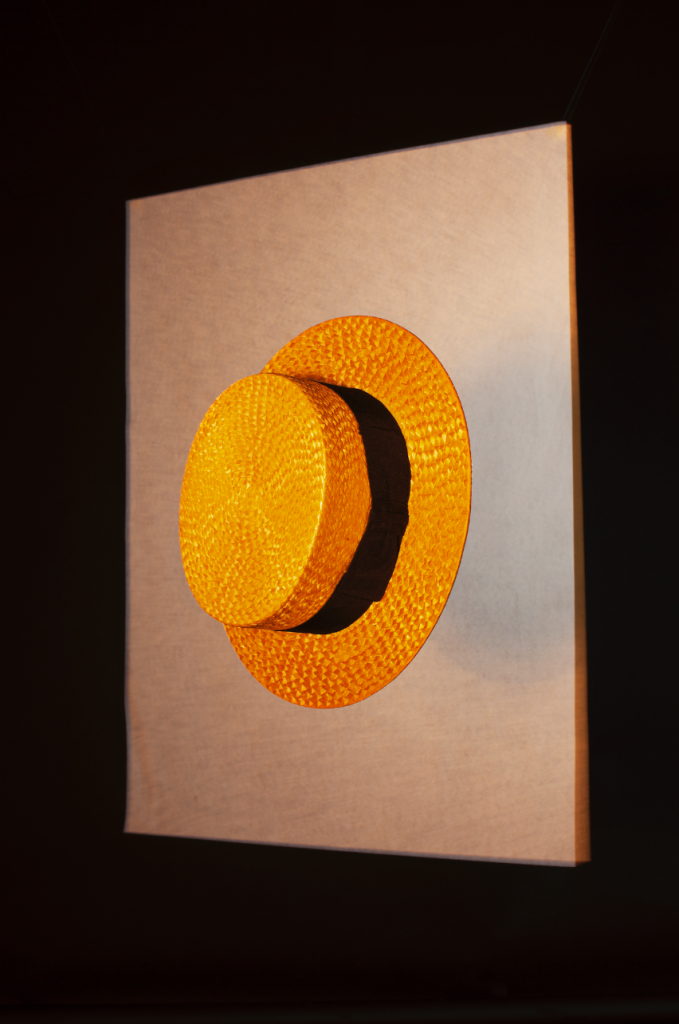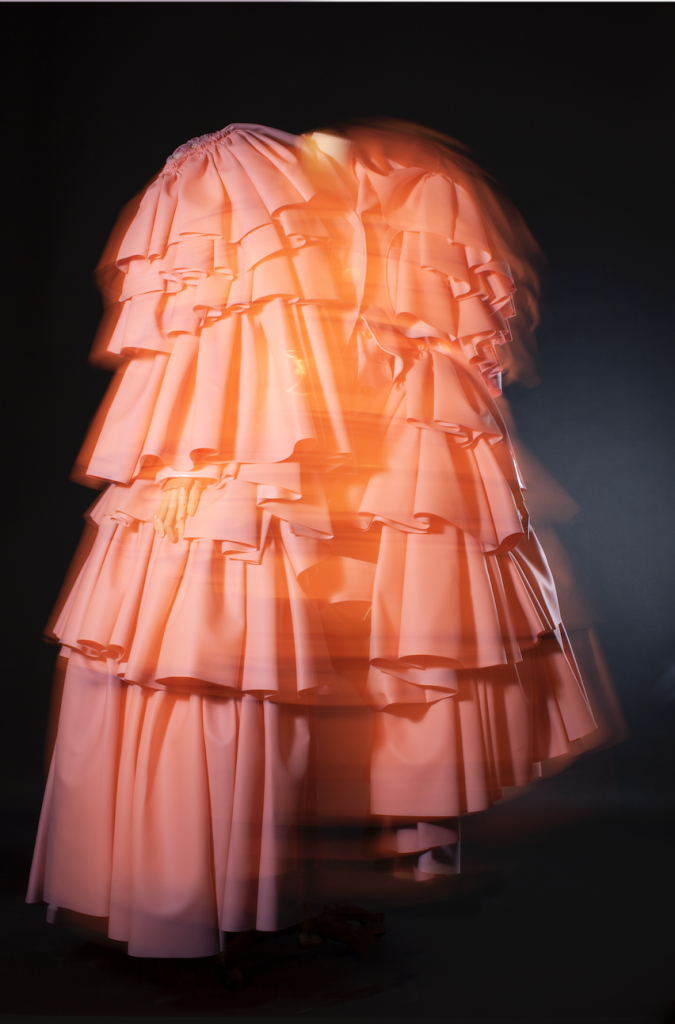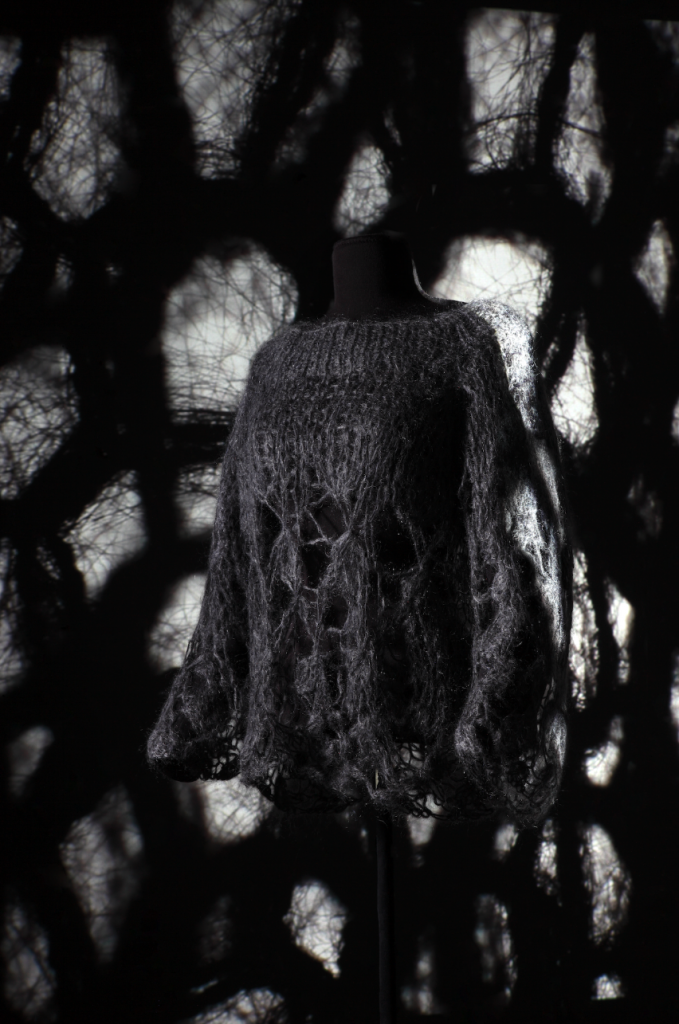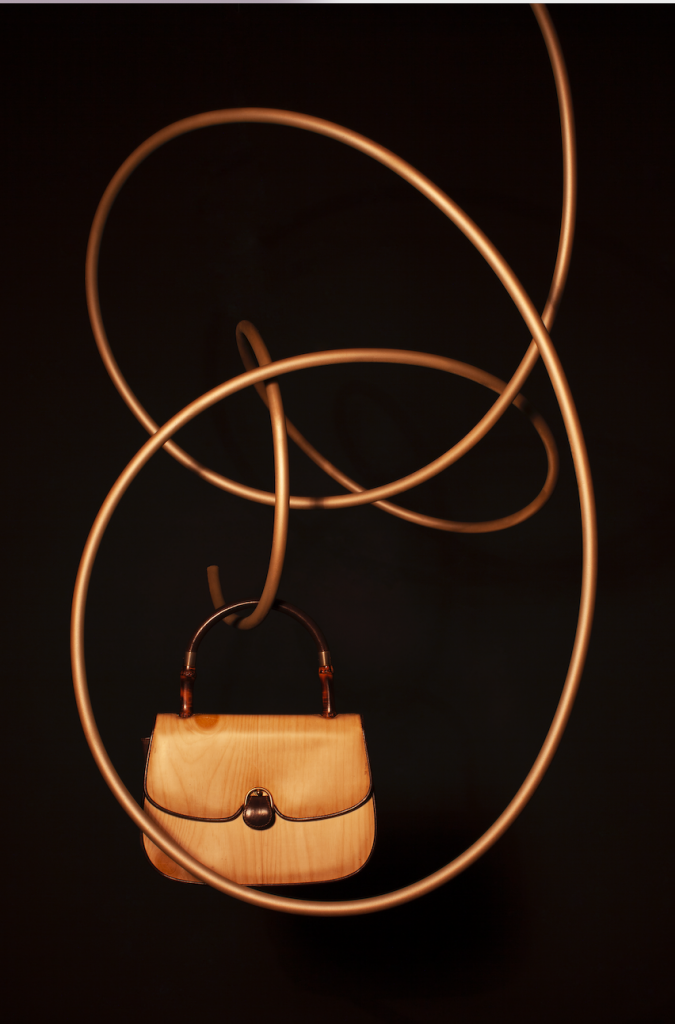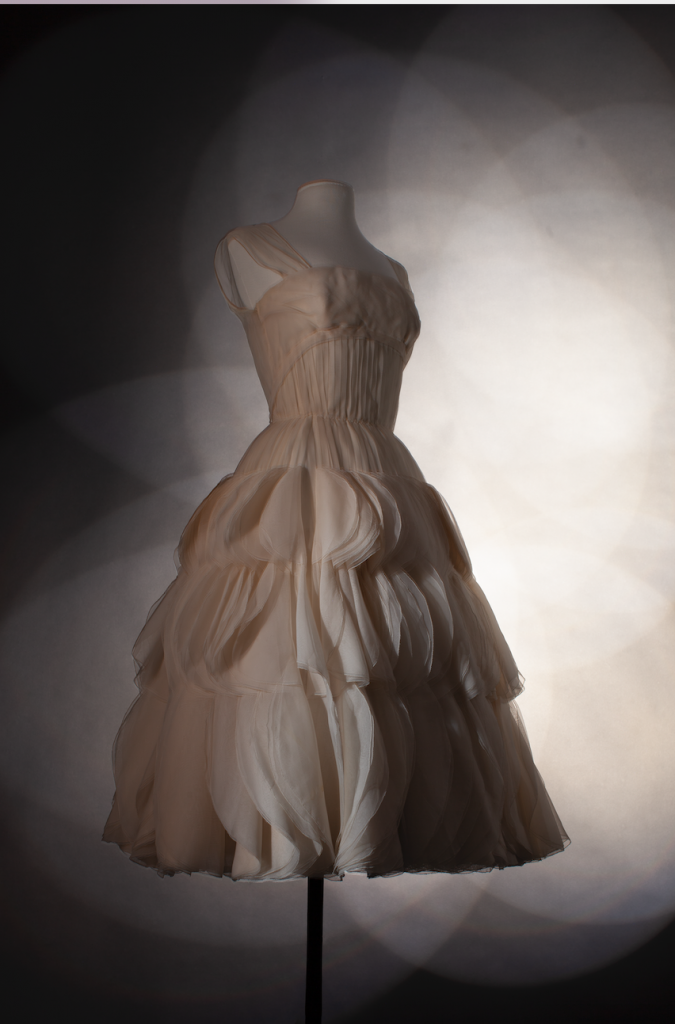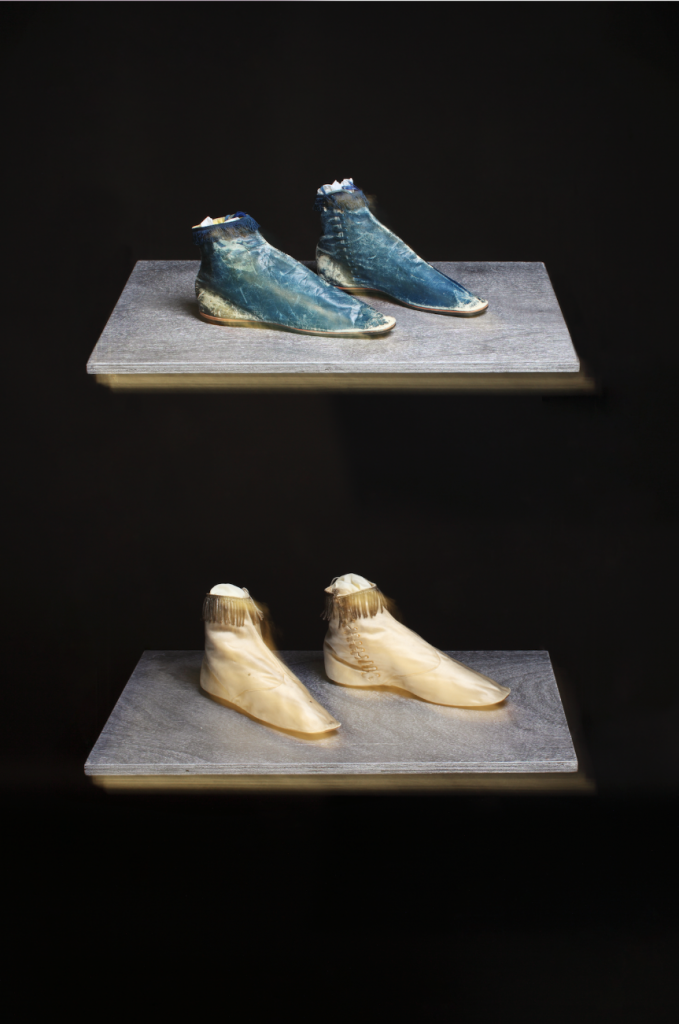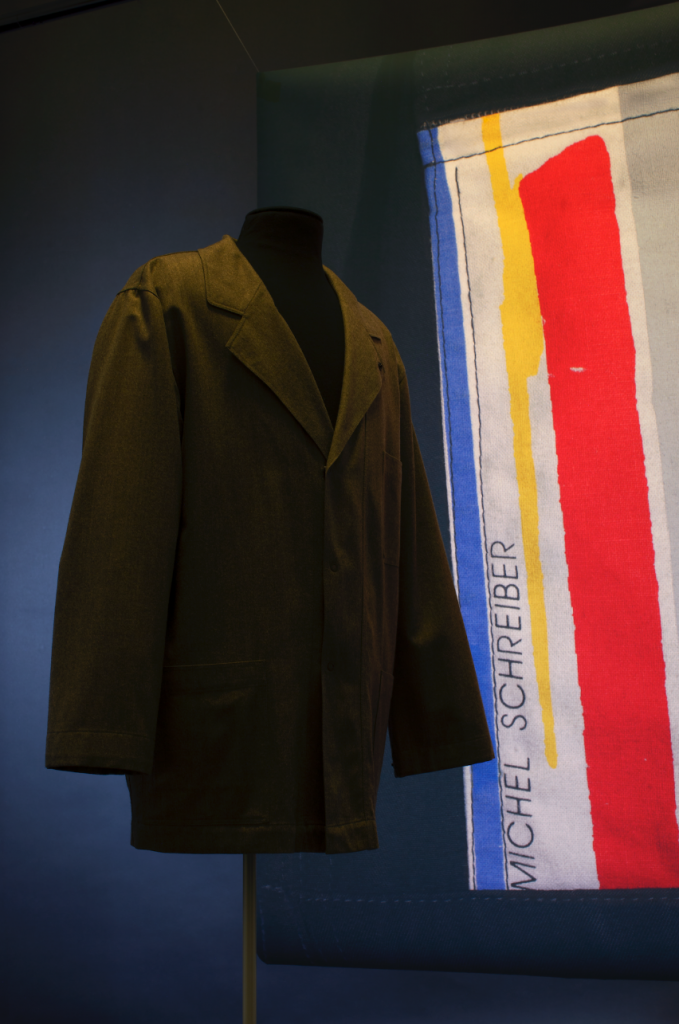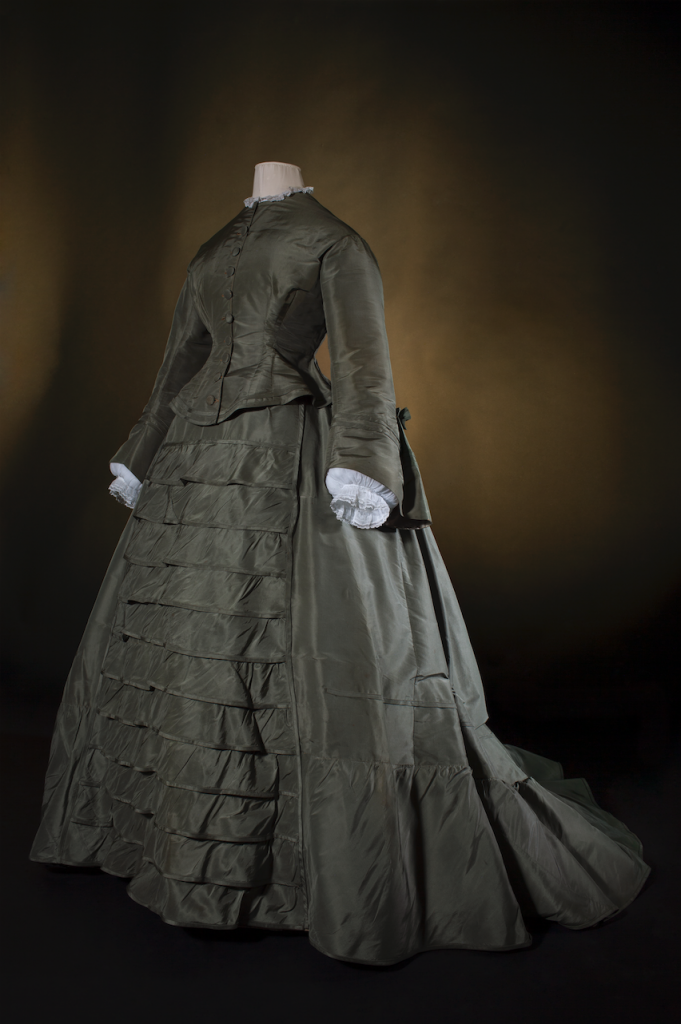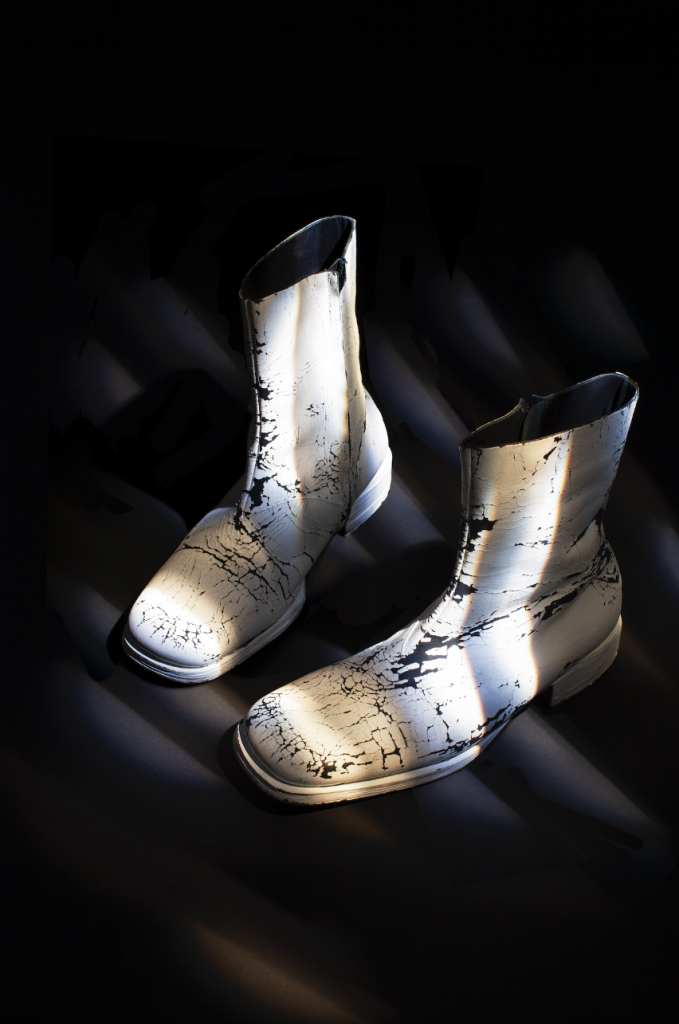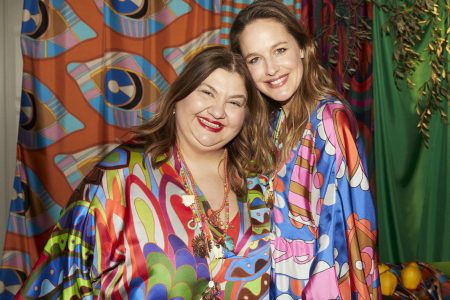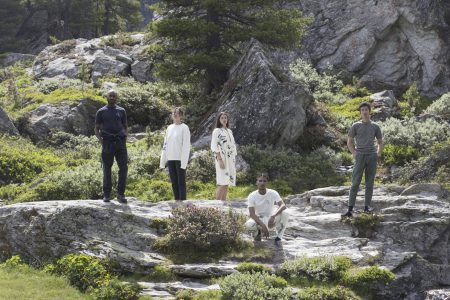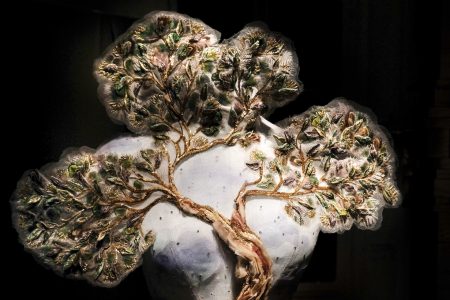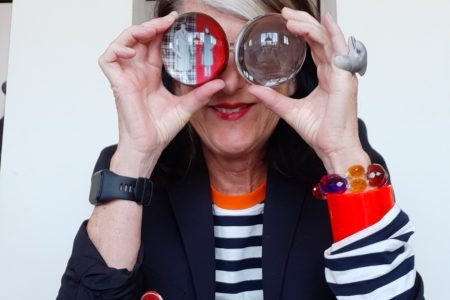
DRESS.CODE: Unveiling The Stories Behind A Collection
From the nearly 18,000 objects in its collection, Hasselt Fashion Museum selected 170 items of clothing for their latest exhibition. Applying the principles of object-oriented research, the museum navigates through various codes to crack their language: form, fabric, vanitas, identity, and stories.
A missing jacket button, a brightly coloured and fitted dress, a hidden pocket in a waistcoat, a dress with full leg-of-mutton sleeves, and a custom wool suit: what stories do these garments tell?
Garments are objects imbued with meaning; they are connected to people, events, experiences, and feelings. The shoes, skirts, and shirts we’ve saved for years in wardrobes, drawers, and boxes, never to be worn again, are cherished as nostalgic relics of that one magical summer, that long-lost love, or the person we once were. For their latest exhibition, Hasselt Fashion Museum brings forward a method of storytelling through fashion objects that goes beyond simply their exhibition setting. With graphic design by Ines Cox, a stunning scenography by Charlotte Debussche and near-mystical images by Lot Doms — visitors are invited to decipher the language of fashion and clothing through multiple layers of encounter. While navigating through the space, the curatorial framework that focuses on five specific themes — form, fabric, vanitas, identity and stories — brings these once lifeless clothing pieces are brought back to life.
The codes form, fabric and vanitas focus on the material properties of the object. We reveal how fashions and fabrics evolved over time and explain how this helps us date clothing and, more importantly, what it reveals about the sociocultural context. Yet, DRESS.CODE. delves deeper than these material suggestions alone. As part of the ‘identity’ theme, we explore various concepts such as tradition, conspicuous consumption and normcore. The exhibition alternates between anonymous pieces and iconic objects from designers and fashion houses such as Comme des Garçons, Raf Simons, Alexander McQueen, Patou, Norine, and Paco Rabanne. ‘Anonymous and iconic objects are viewed and interpreted in the same way and reinforce one another. The conceptual designs of Martin Margiela serve as a common theme in the exhibition and encourage us to reflect on the concepts that are discussed. For example, the exhibition includes a black gilet by Martin Margiela from 2001, made entirely out of vintage black leather gloves. Many of the materials in Margiela’s Artisanal collection were discarded objects of little value, but were transformed by his studio into unique items that were coveted by the fashion elite. Margiela inspires us to think about how we ascribe value to materials,’ explains Karolien De Clippel (director of the museum) in their press statement.
The exhibition is the perfect opportunity to experience the collection in a new way – as Alderman of Culture Joost Venken states; “‘The Hasselt Fashion Museum has some 18,000 objects in its collection. Many of these pieces have never been displayed before. We selected 170 objects, from hats and shoes to skirts, dresses, coats, and gilets. The choice was not an easy one, but this exhibition finally gives us the opportunity to showcase some pieces that are in a less-than-stellar condition but that have a fascinating story. We also focused on the visitor experience. We allow five objects to speak for themselves, to address the visitor, and to unveil their own little stories”. These stories, the last code in the curatorial framing, are the driving force behind the exhibition, as objects are imbued with the memories of such as an event or an interesting provenance. Most notably, the exhibition ends with five personal stories from fashion journalists, fashion curators, and fashion researchers about an object that triggers a specific memory, an object they harbour an inexplicable love for, or an object that reminds them of a specific event. These are the stories of Aya Noël, Elisa De Wyngaert, Eve Demoen, Nicola Brajato, and Dominique Nzeyimana.
DRESS.CODE is on view at Hasselt Fashion Museum until May 9th, 2021.
Cover Photo: “Hangisi” shoe by Manolo Blahnik, 2008. Image by: Lot Doms
